The ASUS ZenFone 7 Pro Review: The Triple Flip-Camera
by Andrei Frumusanu on September 1, 2020 3:00 AM EST- Posted in
- Mobile
- Asus
- Smartphones
- ZenFone 7
- ZenFone 7 Pro
Camera - Daylight Evaluation
The cameras on the ZenFone 7 certainly make for a unique aesthetic feature of the phone, but ASUS has also put some effort into upgrading the camera hardware, and the phone certainly boasts the most advanced setup that the company has put into a smartphone.
The main camera sensor is the same that we saw on the ROG3, which is the Sony IMX686 with 64MP and 0.8µm pixels, 4:1 binning down to 16MP 1.6µm in regular shooting modes. The aperture here is f/1.7 which is actually larger than that of the ROG3 so it looks like we’re dealing with different optics on the ZenFone. Finally, the Pro version we’ve tested today also has OIS.
The ultra-wide module of the phone features a newer generation IMX363 sensor with 1.4µm pixels. This is bigger than the unit on the ROG3 and is really only matched by Samsung’s S20 series for an UWA of this wide field of view at 113°. The aperture also is larger at f/2.2 than the f/2.4 of the ROG3.
Finally, ASUS has employed an 8MP telephoto module with 3x optical magnification. Due to the size constraints of the flip-camera housing the sensor is likely to be quite small both in terms of its physical size and pixels.
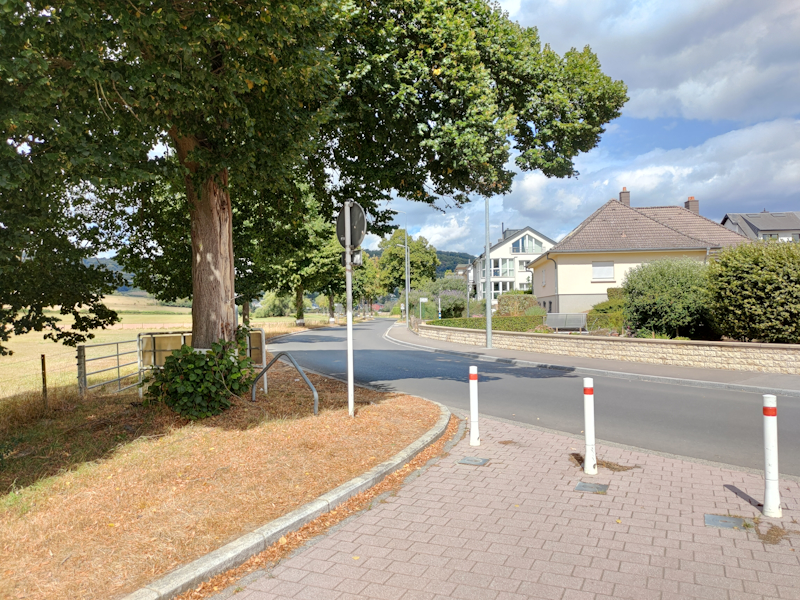
[ Zenfone 7 Pro ] - [ ROG Phone III ]
[ iPhone 11 Pro ] - [ Galaxy S20+(E) ]
[ Pixel 4 ] - [ X-T30 ]
In the first scene, if we’re comparing the ZenFone to the ROG3 at first glance they seem similar, however upon closer inspection we see that the ZenFone has a quite different look to it when it comes to detail. It looks like the ZenFone was able to retain more dynamic range, with highlight textures not quite as flattened out, and with better shadow detail.
Generally, against the competition, the overall exposure is still quite lacking as textures are still lacking contrast, again likely due to the higher exposure and HDR processing.
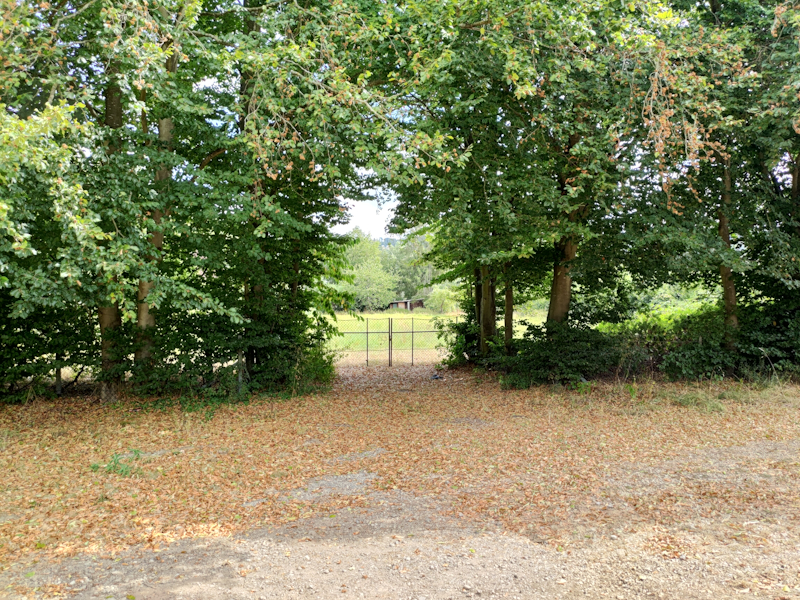
[ Zenfone 7 Pro ] - [ ROG Phone III ]
[ iPhone 11 Pro ] - [ Galaxy S20+(E) ]
[ Pixel 4 ] - [ X-T30 ]
The next shot showcases quite a lot of processing differences with the new ZenFone as it’s able to handle colour temperature more accurately than the ROG3, as well a the HDR also doing a better job.
The most shocking difference however is in the detail-retention as there’s a significant increase in sharpness in the ZenFone. Although both devices look similar in the centre of the image, the outer frame and edges aren’t comparable at all as the ZenFone pulls away from the disaster that was the ROG3’s blurry optics.
Using the 64MP picture mode here might make more sense, but it’s very weird that the phone here in this mode decided for an exposure 4x as slow as the default 16MP mode, and subsequently looks a bit flat.
The telephoto camera detail-wise is very good and provides more than sufficient resolution, producing a very competitive result in that regard. The foreground here is a bit darker than I’d have wished so the dynamic range isn’t quite as strong.
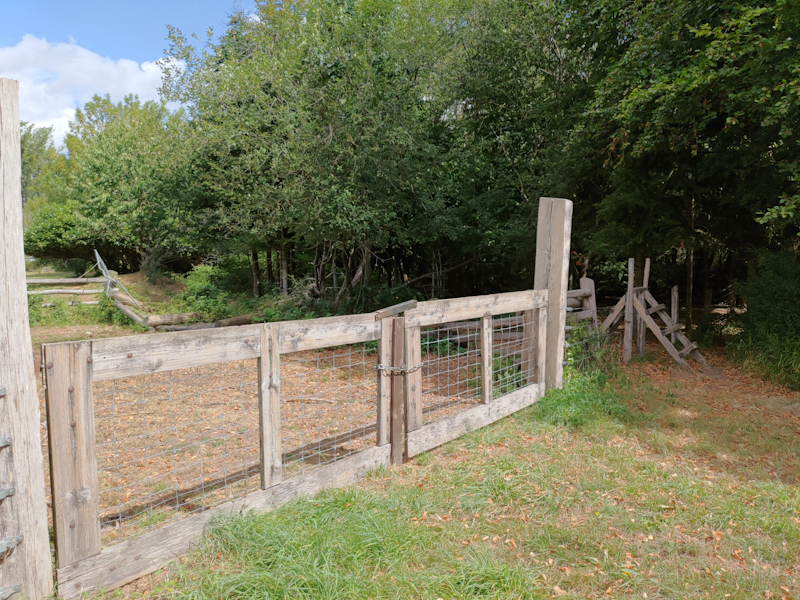
[ Zenfone 7 Pro ] - [ ROG Phone III ]
[ iPhone 11 Pro ] - [ Galaxy S20+(E) ]
[ Pixel 4 ] - [ X-T30 ]
The ultra-wide processing is much better on the ZenFone 7 compared to the ROG3, resulting in a more balanced exposure. The phone still struggles though to retain textures in sunlight as the grass is really lacking contrast when compared to say the S20, with both phones having similar class modules and sensors.
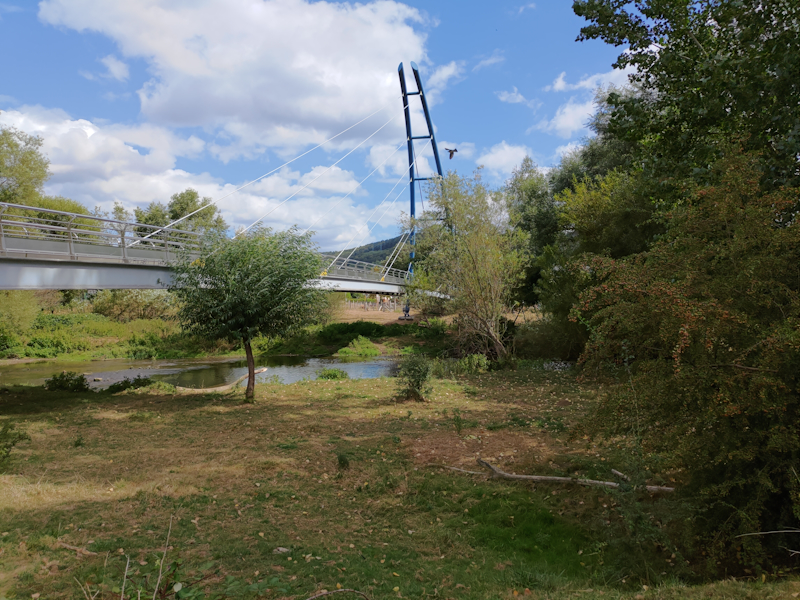
[ Zenfone 7 Pro ] - [ ROG Phone III ]
[ iPhone 11 Pro ] - [ Galaxy S20+(E) ]
[ Pixel 4 ] - [ X-T30 ]
An interesting aspect of devices which employ higher magnification telephoto modules is how they handle intermediary zoom levels which are still relegated to the main camera sensor. In ASUS’ case here on the ZenFone 7 we’re seeing an interesting approach, as the phone is seemingly fusing together pixel data from both the 16MP and 64MP modes. You can see this in the 2x shot in the vegetating which has ghost exposures due to them moving in the wind.
The result is somewhat adequate but can’t compete with real 2x modules, or native high-res modules such as the second wide-module of the S20.

[ Zenfone 7 Pro ] - [ ROG Phone III ]
[ iPhone 11 Pro ] - [ Galaxy S20+(E) ]
[ Pixel 4 ] - [ X-T30 ]
Sometimes when the lighting conditions are kind, the ZenFone is able to produce extremely pleasing images in terms of exposure. This scene was good on all of the phone’s modules and very competitive against all other devices.
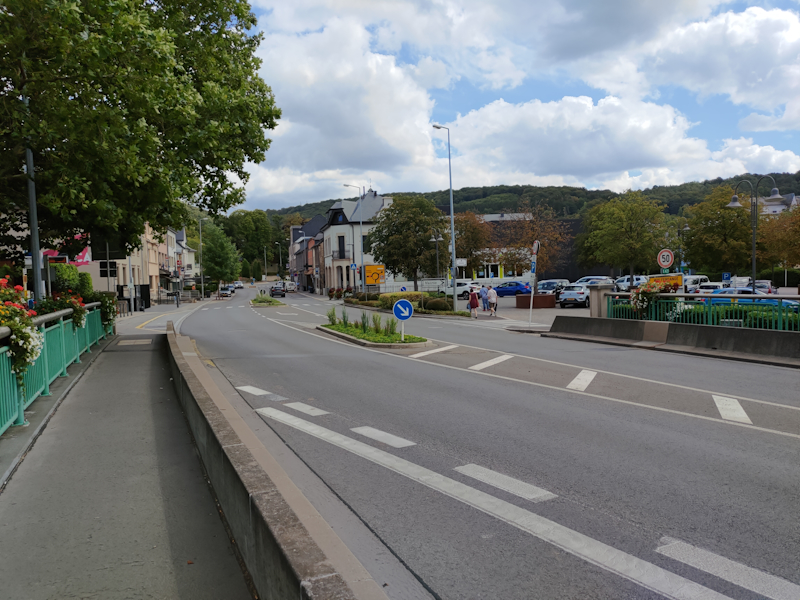
[ Zenfone 7 Pro ] - [ ROG Phone III ]
[ iPhone 11 Pro ] - [ Galaxy S20+(E) ]
[ Pixel 4 ] - [ X-T30 ]
Unfortunately, that’s not always the case as ASUS’s processing still has a ton of trouble with exposure and HDR. This shot here was overcast at the moment of capture, but the result still looks way to dark and flat, lacking any kind of highlights in the scene and little dynamic range.
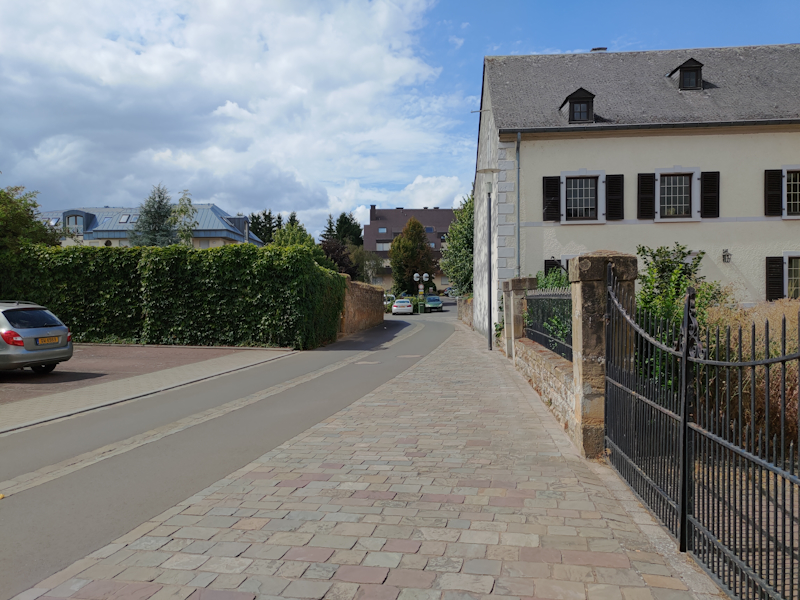
[ Zenfone 7 Pro ] - [ ROG Phone III ]
[ iPhone 11 Pro ] - [ Galaxy S20+(E) ]
[ Pixel 4 ] - [ X-T30 ]
In this scene the processing also fell flat on its face on the main camera, and is actually much worse than what we see on the ROG3. Ironically, the ZenFone’s ultra-wide produces a much better exposure and doesn’t decimate textures into flat colour palettes.
Daylight Capture Conclusion - Solid Foundation, Processing Needs Work
Overall, the ZenFone 7 Pro fared quite a bit better than the ROG Phone III and showcases a more usable camera experience. The optics on the ZenFone are much improved and nowhere near the disaster that was the ROG3.
The new ultra-wide and telephoto modules actually performed quite well in the tests, and both are respectable in their capture abilities.
ASUS’s biggest weakness is processing, and although it seems the ZenFone improves thing a bit, many times it still really falls flat on its face with exposure and HDR, many times producing very flat-looking images that have lost a ton of texture contrast. Because of this, I can’t really say that’s it’s a competitive camera as essentially all other camera vendors will be able to outperform the ZenFone 7.










31 Comments
View All Comments
GC2:CS - Tuesday, September 1, 2020 - link
I find the battery lifespan saving max charge limit comparison somewhat dishonest.For the same usage you need 500 cycles at 80 and just 400 if you charge to 100. So it is more like 7 and 12% degradation.
I think limiting charge might be usefull for things like headphones. They just sit for days in their case charged to 100%.
Also I am quite woried where we are going with battery capacities. Looks like even 4000+ mAh is not a guarantee of great battery life these days.
CampGareth - Tuesday, September 1, 2020 - link
That's assuming you drop to 0% charge every single time, under that usage you're going to burn through batteries regardless. The state of charge limit is intended more for folks that stay at a high charge percentage. I can't remember the last time my phone dropped below 60%, it's on charge at home and at work so spends a lot of time sitting at 100% charge which degrades the battery faster even when it's idle.imoc - Tuesday, September 1, 2020 - link
Not true. Their graph states SoC(State of charge) and charge cycle doesn't mean Any%-80%, a full 100% battery top up counts as one(such as 30-80 two times).close - Tuesday, September 1, 2020 - link
There are a few trends to dislike, small batteries for the consumers attached to the phone (mega SoCs, gazillion Hz screens, all of the Gs, all the time), glass backs especially when not actually needing it, removing the headphone jack even on phones that are clearly big enough to fit one, etc. This phone ticks most of them.SirDragonClaw - Tuesday, September 1, 2020 - link
You need to learn how modern batteries work...huyhung411991 - Tuesday, September 1, 2020 - link
First paragraph in Battery Life section is repeated.Ryan Smith - Tuesday, September 1, 2020 - link
Thanks!linuxgeex - Tuesday, September 1, 2020 - link
Before I even look at image quality with video recording, I pay attention to the background noise. You should be able to tap the screen, adjust volume up and down, power the screen on and off, and walk in light wind without hearing distracting sounds. This camera failed this basic requirement with flying colours lol.Kangal - Tuesday, September 1, 2020 - link
Dunno, it's hard to judge the quality without a reference.The photo, video, microphone comparisons should have something like a Sony A7 + Lav, as that's basically professional quality, and it would be much easier to spot where phone's deficiencies lay.
Bonus points should be made to compare all devices on a quick Auto Mode, but Manual-Professional Adjustment on the Mirrorless. That's the most important comparison. And do it in Good Lighting, Overcast, and Low-light conditions. And do it in Macro, Regular, and Zoom modes.
Manual Modes are interesting on the new Sony Xperia 1 ii Pro, and LG V60... but are somewhat gimmicky. Phones are meant for quick "point and shoot", for professional quality you can't subsidise a phone with manual mode for a proper DSLR or Mirrorless. It would be like trying to use a hot-hatch to move heavy loads, then complaining, instead of using a pickup truck.
linuxgeex - Tuesday, September 1, 2020 - link
@Andrei - several of the camera comparison photos are missing and some are backwards.